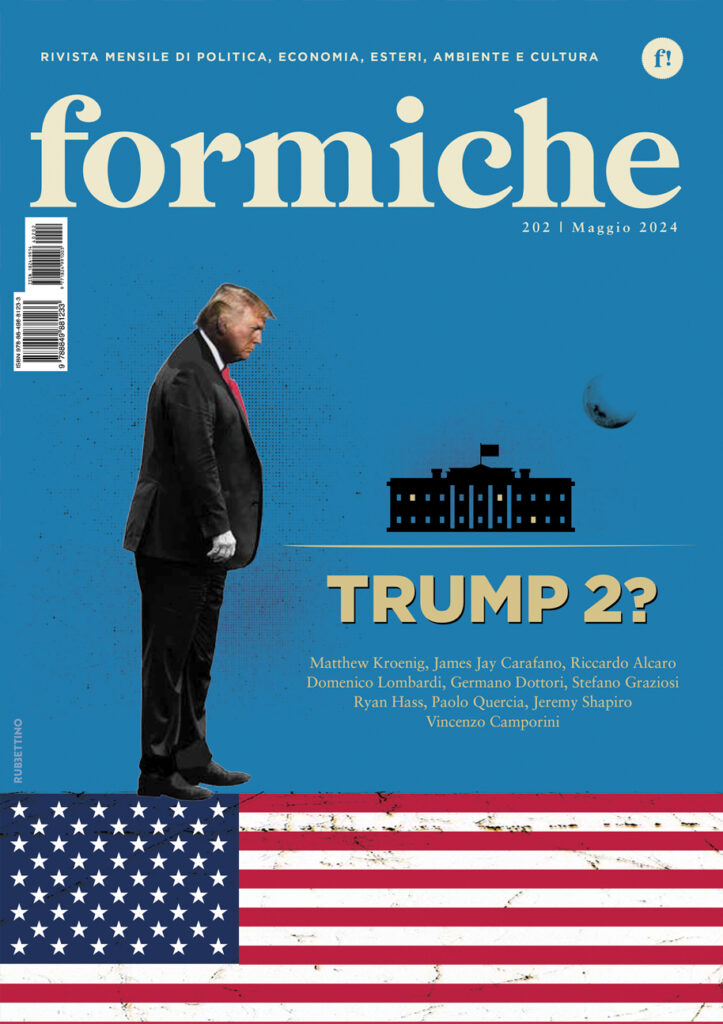By means of a freedom of information request, the Italian daily Repubblica was able to obtain a government-owned document dating back to February (when no official Covid-19 cases had been recorded in Italy) that foresaw the spread and mortality of the virus with frightening clarity.
The study, which was handed to the government’s Scientific and Technical Committee (STC) on February 5th, predicted that if Italy failed to contain Covid-19 the disease would be contracted by one to two million people in Italy, leading to 200,000-400,000 grave cases. Also, 10,000 intensive therapy units would be lacking at the peak of the pandemic.
Moreover, if the Chinese mortality rates were anything to go by, they produced a number of deaths ranging from 35,000 to 60,000. All of which has proven true: as of August 29th, the number of those who died from Covid-19 in Italy is just shy of 35.500; those who healed from it are more than 208,000.
The study was conducted by Stefano Merler, an expert researcher from the Bruno Kessler Foundation who had spent more than 25 years studying mathematical models applied to pandemics. He had already warned that the coronavirus was something “serious, extremely serious,” in a late January interview to a local paper, back when many were minimising the gravity of it.
Nonetheless, a number of projections were available at the time, all sounding the alarm and detailing what should have been dove preventively. Formiche.net, for instance, had published an article in March examining the deaths and economic damage that would have resulted in case of failure to contain the pandemic.
Mr Merler’s study was not made public until now, conceivably because the government did not want to stoke fear in the population. Still, it demonstrates that the executive had intel about what was lying ahead. This raises serious questions about the planning, strategy and execution of the infection containment operations.
The timeline hints to grave inadequacy, because on February 12th, after the meeting in which the STC reviewed this study, the Italian health ministry went on to clear the shipment of 18 tonnes of health equipment to China and called a meeting with G7 health ministers.
On March 9th, Italy went into lockdown, the first Western country to do so. We all remember the panic and chaos as infection cases soared, hospitals were filled up over capacity, and the nation lacked PPEs, ventilators and intensive therapy units.
Critics are now pointing out that the gap between February 12th and March 9th should have been used by the government to set out contingency plans and a long-hauled pandemic strategy, the existence of which is not publicly ascertained.
On May 13th, Repubblica issued a FoI request and obtained the study more than a hundred days later, on August 28th. Until then, the study had remained classified because “the [prime minister’s office] was considering if and when to make it public,” as read on the health ministry’s accompanying note.
“The public administration’s transparency is anchored to a principle of the Constitution, that of impartiality and good performance,” told us Cesare Mirabelli, former president of the Constitutional Court, arguing that the document should have been available from the get-go.
“[Publishing] the information, even if it’s concerning, favours the transparency of the public administration’s operation, as well as the public opinion’s acceptance of the state of emergency by means of making it aware.”
Mr Mirabelli criticised the government’s decision to keep this trove of information from the public opinion for fear of frightening it as well as the parliament, whose members had the means to request and obtain it. He also underlined that the responsibility for any inadequate measures ultimately belongs to the political sphere.
Today, Europe is undergoing what seems to be the beginning of a second wave of infections, and cases in Italy have started to rise again. And yet, the mechanics of what happened in the early months of the pandemic and the long-term plan to deal with it are still obscure to the Italian public.







